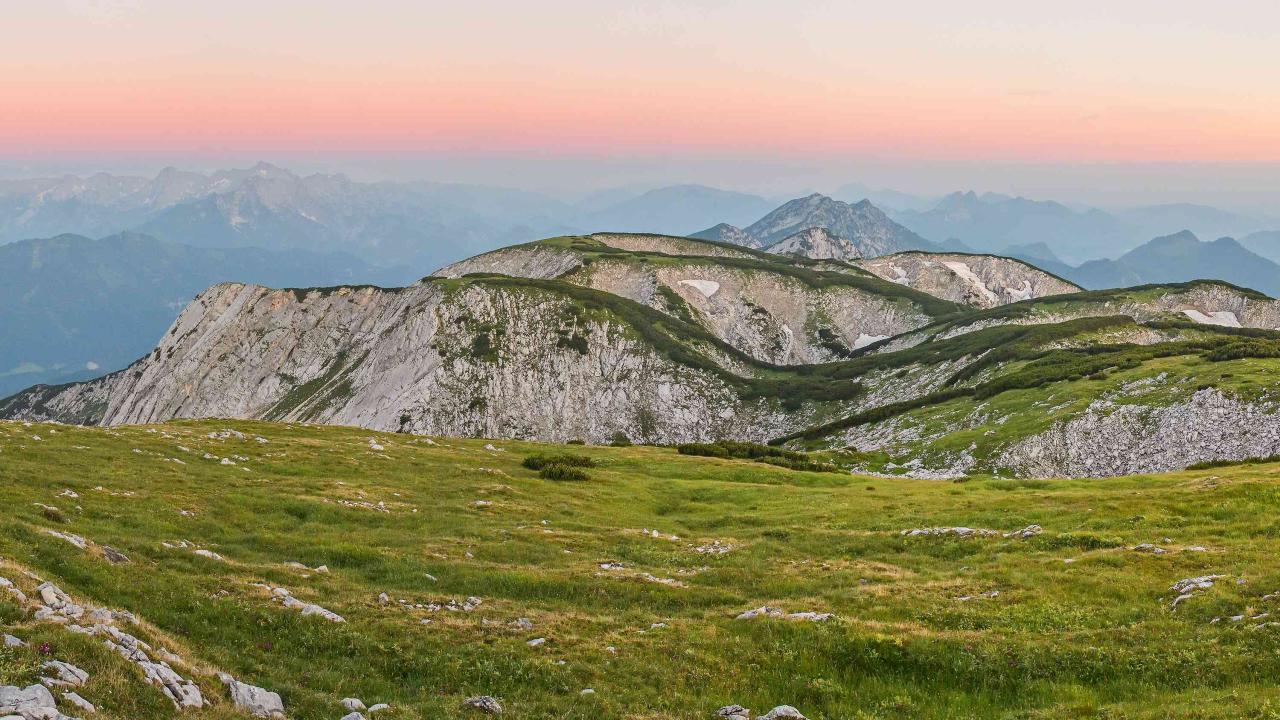Alpine Region
The Alpine region of the Kalkalpen National Park occupies a share of 14% of the protected area. Alpine grass mats account for around 1%, rock and stone slopes 5% and mountain pines (Legeföhre) 8%. The Alpine region of the Kalkalpen National Park is considered a centre for Eastern Alpine endemics, species that can only be found in the Eastern Alps worldwide. Of the 18 vascular plant species known in Upper Austria that are limited to the eastern Alps, 14 occur in the national park. Within the animal world, species live in the Alpine region, the distribution of which is even largely concentrated in the area of the Kalkalpen National Park is limited. Representatives within the ground beetles and molluscs are particularly well known. An expedition in 2007 with more than 20 zoologists brought astonishing news to light.
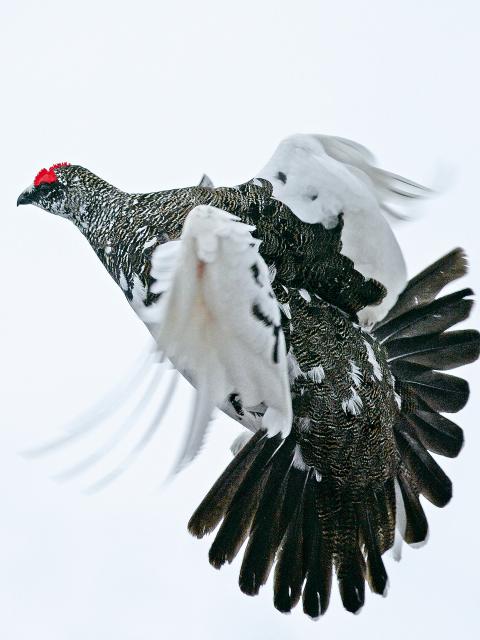
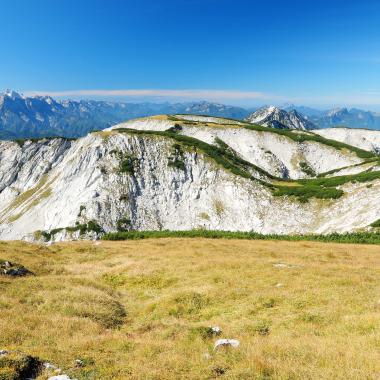
Alpine grass mats
The deep grass meadows on the extensive Nock plateau represent a special island of life in view of the karstified Totes Gebirge and the karst massif Warscheneck. In spring, this is evident in the splendour of flowers. In late summer, grasses protrude strongly and give the Nockplateau a tundra-like appearance. This is probably one of the reasons why the Mornell Plover, a typical bird of the tundra, rests here in the national park during its annual migration between North Africa and the European north. This is to the delight of the mountaineers, because this bird shows hardly any fear of humans and can thus be observed at close range. A typical year-round bird of the alpine region is the ptarmigan.
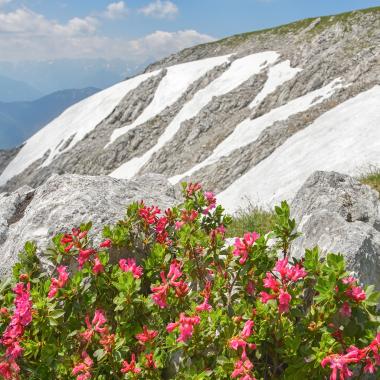
Rubble corridors
This habitat is created at the foot of rock faces in limestone mountains. The subsoil (slag heap slope) of the scree heap is protected from further erosion by the overlay. The vegetation found on these sites is mainly determined by the intensity of the debris movement, the proportion of finer debris as well as by inclination and exposure. Unmoved or only slightly moved scree slopes with a higher proportion of fine soil can develop closed vegetation covers, which are then referred to as so-called "green heaps". Sun-exposed coarse scree slopes with a low proportion of fine soil, on the other hand, are often completely free of vegetation (grey heaps). Depending on the structure of the scree heaps, plants with very different requirements in terms of temperature, moisture and nutrient supply can be found. Long-lived cushion plants, small nest grasses, but also nutrient- and moisture-loving species such as various saxifrage species, grey alpine dost or alpine butterbur and ferns dominate. A zoological peculiarity of the more or less vegetation-free scree slopes are highly specialized ground beetle species, which often only occur in Austria within the EU.
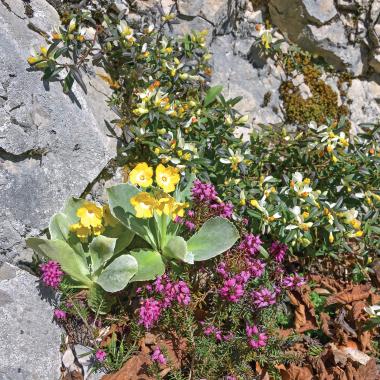
Limestone cliffs with crevice vegetation
This habitat type includes natural and near-natural, wooded carbonate rocks at all altitudes where no soil formation occurs. The rock slopes usually have an angle of inclination of over 45 degrees, on which no loose material can remain. The rock walls can be divided by fissures, rockfall gullies and rock ledges and thus offer different site qualities in terms of heat and water balance. Extreme climatic conditions such as large temperature fluctuations and strong wind effects as well as a limited growth space prevent the development of closed vegetation. An ecological peculiarity is the strong heating of the rocks on sunny days. The vegetation of the north and northwest exposed rock faces differs greatly from that of the south and southwest exposed sites. The vegetation consists of algae and mosses living on the rock surface, lichens living in the rock and vascular plants that take root in rock crevices. Numerous relict species have survived in these habitats, many of which are so-called endemics.
